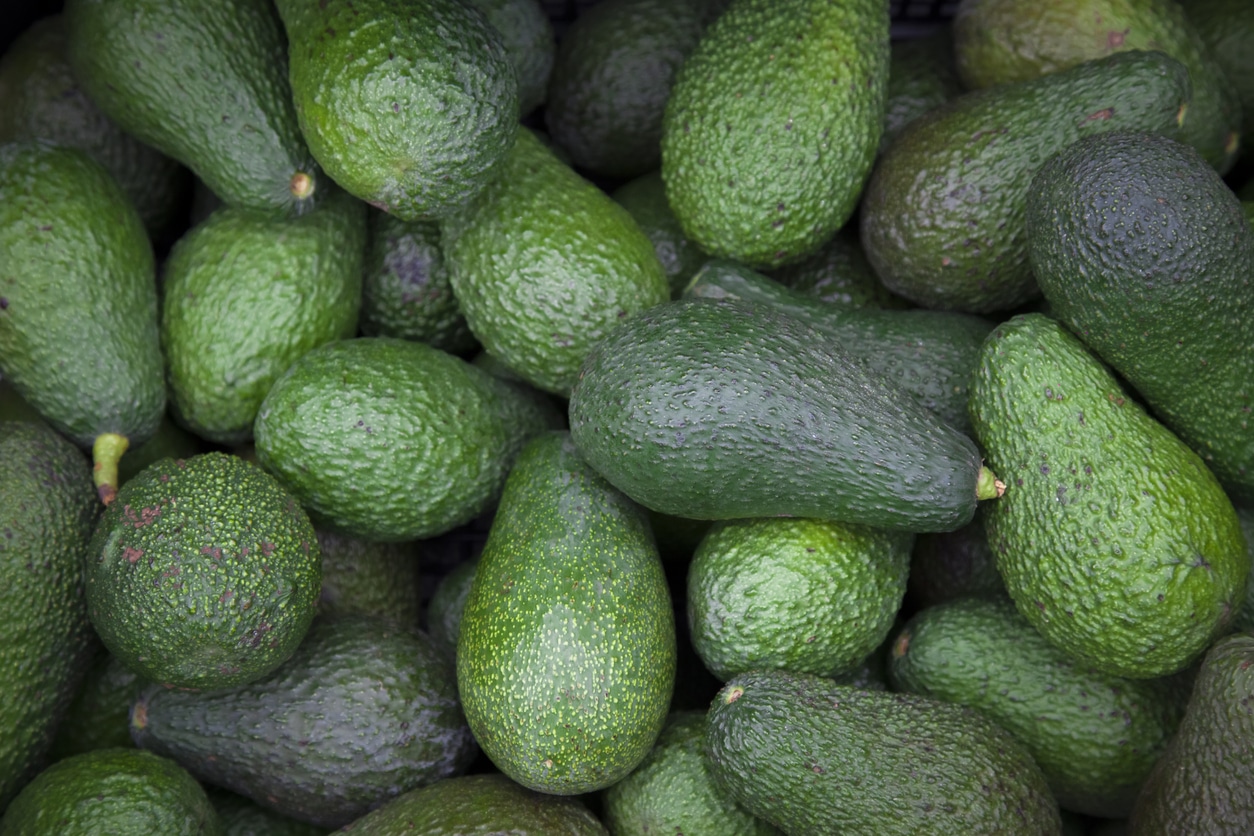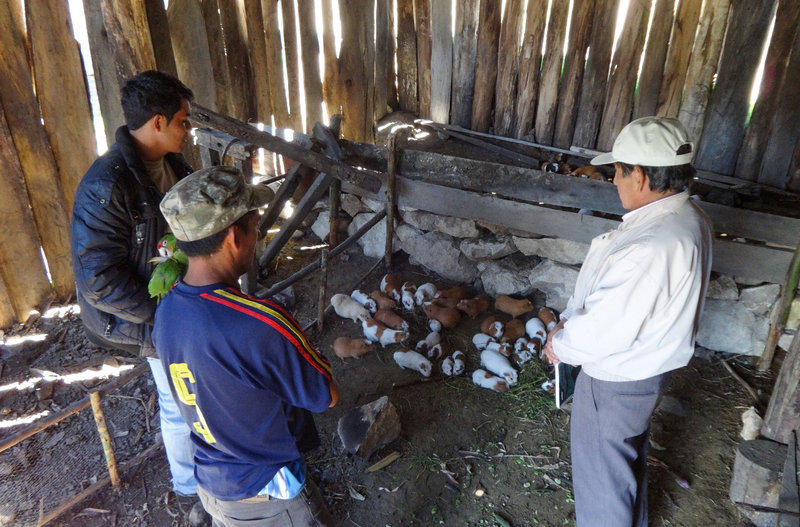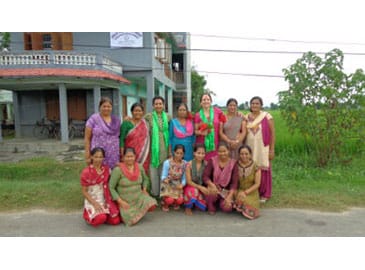
Your Avocado Toast Habit is (Probably) Unsustainable, But That’s About to Change
August 2, 2017
World Neighbors Regional Director On Keeping Development Local
January 4, 2018A New Paradigm for Microfinance: Savings and Credit

While they are no magic wand and really only work as part of a holistic approach, there is enormous potential for international development organizations to help communities help themselves through savings and credit groups.
The US economy is premised on the concept of savings. However, donors rarely focus on the fundamentals of savings in international development projects. Donors want to spend out grants, and measure and evaluate the results of that spending over a relatively short period of time. While this makes sense in terms of accountability, over the long term, the beneficiaries are not saving for the time when they will be on their own. Mark Green, the new administrator at USAID said recently, “I believe, philosophically, the purpose of foreign assistance is to end the need for its existence.” To his point, if we really mean to end foreign assistance, we need to help beneficiaries plan for the long term once we are “out of business.”
To counteract the traditional, short-term approach, more and more international development groups are moving away from microfinancing in the Grameen tradition (small loans from banks with low interest rates) toward local savings and credit groups. In this model, participants pool their resources, and then lend to each other or invest in their communities. This method cuts out the middlemen, who often charge exorbitant interest rates.

